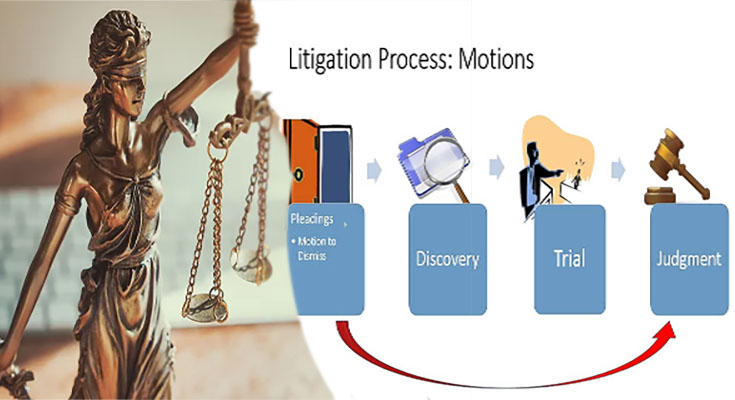In this article, you’ll learn about the steps in the civil litigation process, from Pre-filing to Discovery, Trial, and Appeals. Learn about the different steps in the civil litigation process, and what each step involves. You may also be surprised to learn that these steps can actually be more complicated than you think. In fact, it’s important to know what you’re going through before you start your case. Read on to learn more!
Pre-filing
A lawsuit begins with the filing of a complaint, or initial paperwork. This document outlines the events that led to the dispute and provides the legal basis for holding the defendant liable. It also describes the damage caused to the plaintiff and how they intend to collect that damages. This document can be amended or supplemented, depending on the wishes of both parties. It also outlines the jurisdiction of the court.
Discovery
The discovery step of the civil litigation process is governed by the Texas Rules of Civil Procedure. In a civil litigation case, each party is entitled to obtain relevant and privileged information from the other. It is important to study the rules carefully and be aware of all of the terms used.
Protective orders may ban the disclosure of certain information, but there are several types of discovery that can occur. Read on for more information. Listed below are some examples.
Trial
Before the trial begins, the plaintiff will give an opening statement, introducing themselves, the case, and previewing the evidence that they will present at the trial. After the plaintiff’s opening statement, the defense may present their case. If there are multiple parties involved, the plaintiff’s opening statement will take precedence. This step is critical to the case, as the defendant can counter the plaintiff’s claim. The defense will also present an opening statement, although the plaintiff will have the last word.
Appeals
Appeals in the civil litigation process are opportunities for both parties to appeal a court ruling. These appeals are different from appeals as of right and motions for leave to appeal. In some cases, the process may be as simple as appealing a verdict to the Supreme Court. However, if an appeal is successful, it can change the outcome of the case. It can also be as complex as an appeal of a criminal conviction.
Settlement
A settlement is the most efficient way to resolve a case. Both sides can save time and money, and the process is also less stressful and emotionally taxing than going to trial. Of course, not all cases can be resolved amicably. In these instances, the attorneys for both sides will draft a formal complaint to seek a settlement. The following are three reasons why a settlement might be a good option in your case.










